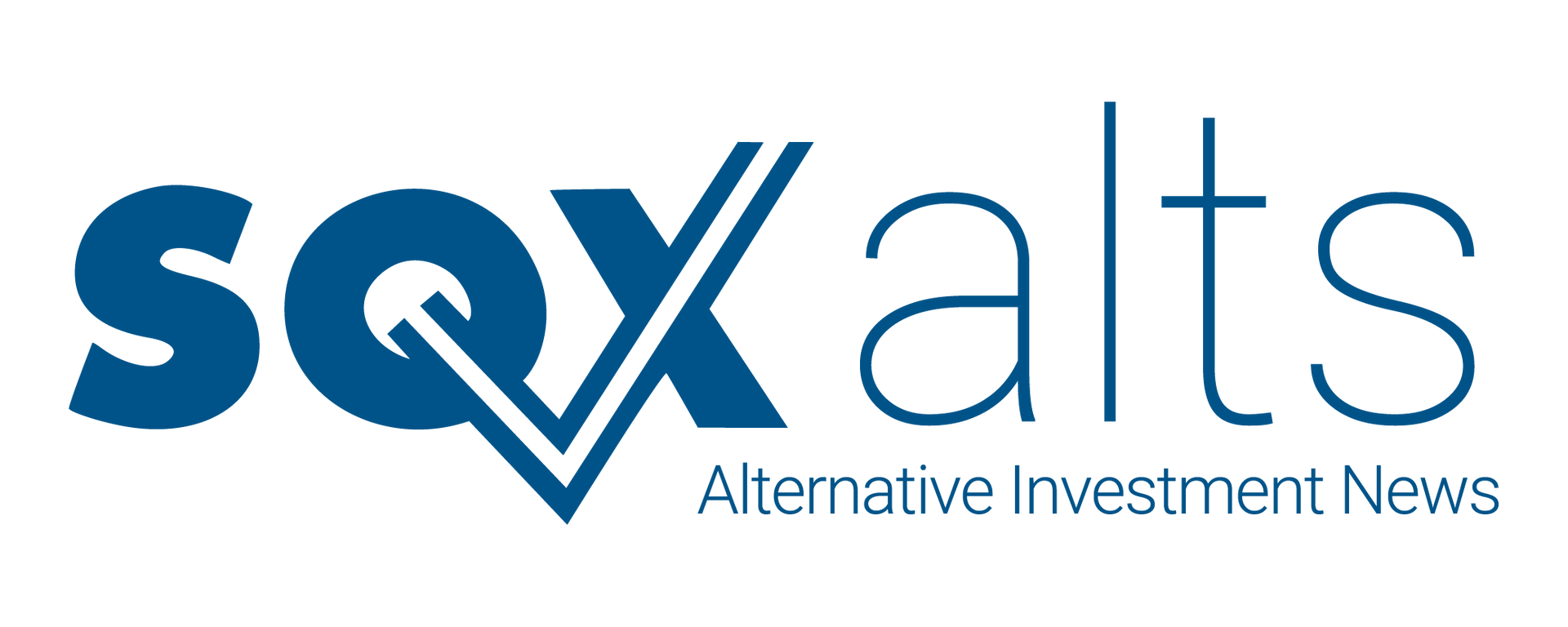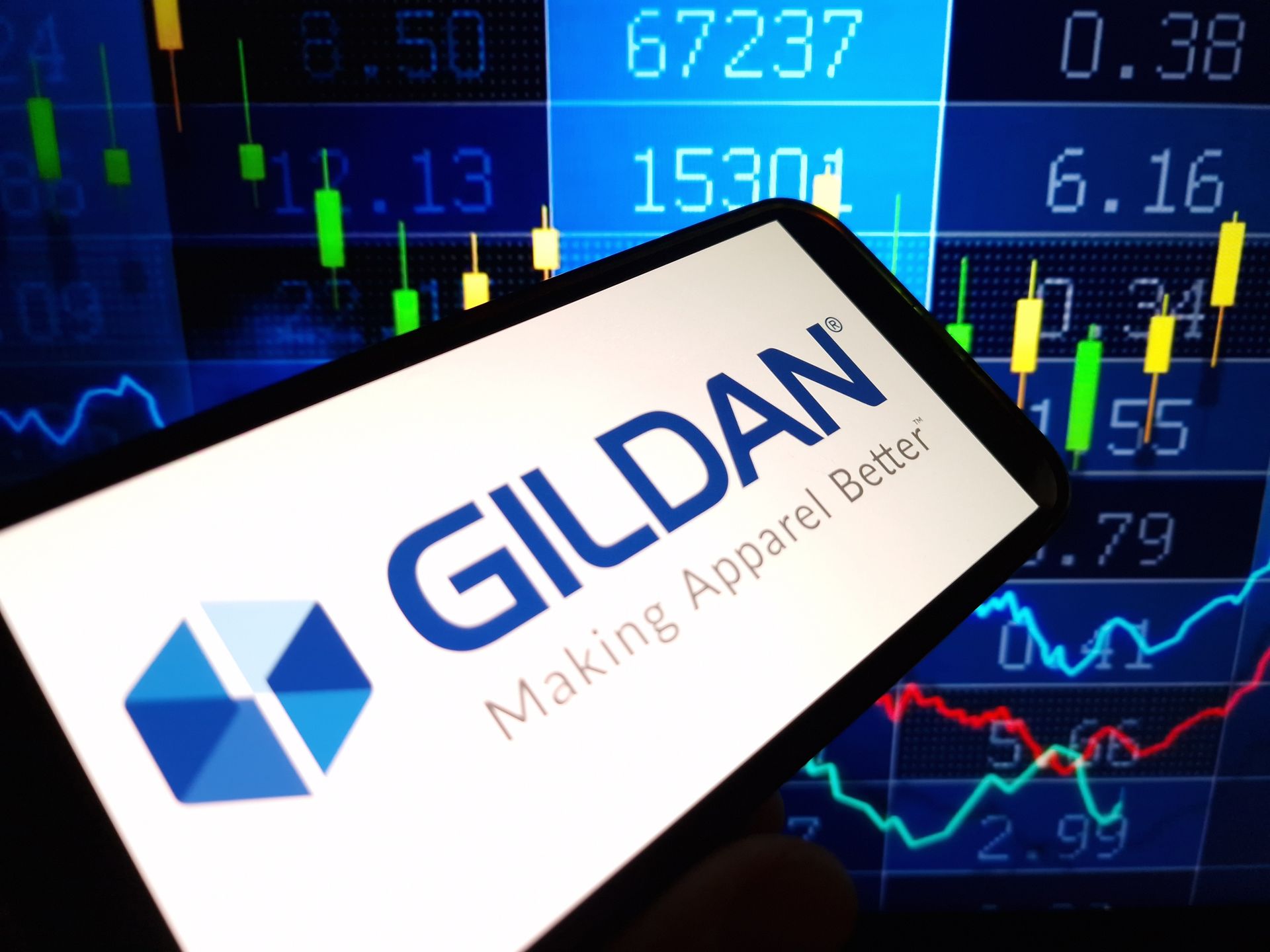Blackrock iShares High Yield Active Bond ETF Shifts Focus
With a strategy emphasizing high-yield investments, the fund aims to balance income generation and risk in a challenging market.
October 14, 2024

Introduction
BlackRock's iShares High Yield Active Bond ETF has revised its prospectus to reflect a dynamic shift in strategy, aiming to maximize total return while mitigating market risks. This comes at a time when volatility in the bond market continues to challenge investors seeking consistent returns. The fund, with a ticker symbol of BRHY, aims to capitalize on high-yield investments such as junk bonds, while maintaining a strategy rooted in active management. It targets investors seeking a balance of income generation and prudent investment management in a landscape dominated by interest rate fluctuations, credit risks, and global uncertainty.
Investment Strategy and Objectives
The fund seeks to invest primarily in non-investment-grade bonds, often referred to as junk bonds, that carry higher risks but offer greater yields. The iShares High Yield Active Bond ETF’s revised prospectus highlights that 80% of the fund’s net assets will be allocated to high-yield investments, including domestic and foreign bonds. These may range from corporate bonds and convertible debt securities to mezzanine investments and mortgage-backed securities.
Moreover, the fund sets a clear focus on bonds with maturities of ten years or less, aiming to reduce long-term interest rate exposure. These bonds, generally rated BB or lower by leading credit rating agencies like S&P Global Ratings and Moody’s, come with their own set of credit risks but are selected for their potential to deliver higher returns in exchange for higher volatility and risk.
Risks and Challenges
Given its high exposure to lower-rated securities, the iShares High Yield Active Bond ETF emphasizes several key risks in its prospectus. One of the primary risks highlighted is credit risk—the possibility that issuers of the underlying bonds may not meet their obligations to make timely interest payments or repay principal. In a challenging economic environment, the likelihood of default on these bonds is heightened.
The prospectus also points to interest rate risk as a critical factor. With market interest rates fluctuating significantly, bond prices can be affected. The fund acknowledges that rising interest rates will lead to a decline in the value of its bond holdings, potentially causing heightened volatility in the fund’s performance.
In addition to credit and interest rate risks, the prospectus outlines the risks associated with high portfolio turnover. Given the fund’s focus on actively managed strategies, frequent trading of portfolio securities may result in increased transaction costs and tax implications for investors. Active management, while advantageous in navigating market shifts, can also pose additional costs.
Fee Structure and Performance
One of the notable aspects of the revised prospectus is the clear breakdown of the fund's fee structure. Investors can expect a management fee of 0.45%, with total annual fund operating expenses remaining at 0.45% post-fee waiver agreements. These waivers are in place to offset some of the costs associated with the fund’s investments in affiliated mutual funds or ETFs managed by BlackRock.
The fee structure is designed to remain competitive within the ETF market, where investors are often sensitive to cost, particularly when dealing with active management. While investors may incur brokerage commissions when buying or selling shares, the total expense ratio remains relatively low, given the high level of active management involved.
Market Opportunities
The fund seeks to capitalize on various opportunities in both the domestic and international bond markets. With up to 30% of its assets allocated to non-dollar-denominated bonds, the iShares High Yield Active Bond ETF also takes a global approach to high-yield investments. The potential diversification into foreign bonds, convertible securities, and distressed securities offers a chance to spread risk across different economic environments.
The fund’s strategy includes exposure to convertible and preferred securities, both of which can provide an additional layer of flexibility for the portfolio. By investing in securities with the option to convert into equity, the fund positions itself to benefit from potential equity market upswings while maintaining a strong income-generating bond portfolio.
Hedging and Derivatives
In an effort to manage risks and enhance returns, the fund utilizes derivatives, including interest rate swaps, credit default swaps, and options on securities or indices. Derivatives are used to hedge against potential market downturns or to gain exposure to specific sectors without the need to buy and sell securities outright.
These derivatives, however, come with their own set of risks, including counterparty risk, liquidity risk, and the potential for loss if market movements do not align with expectations. The fund’s active management team carefully navigates these risks, but the use of derivatives adds complexity to the overall investment strategy.
Outlook and Conclusion
The iShares High Yield Active Bond ETF’s revised prospectus outlines a clear path forward in a volatile bond market. By focusing on high-yield investments, the fund aims to deliver competitive total returns while navigating the challenges posed by interest rate fluctuations and credit risks. Its active management approach seeks to capitalize on market opportunities through strategic asset allocation and the use of derivatives for risk management.
With a strong focus on income generation and the ability to explore diverse market sectors, the fund positions itself as a viable option for investors seeking high returns in exchange for higher risk. However, the success of this strategy will depend heavily on the fund’s ability to manage the inherent risks of high-yield investments while keeping fees competitive and performance consistent.
As the market continues to evolve, the iShares High Yield Active Bond ETF remains poised to take advantage of both domestic and international opportunities, offering investors an active, high-yield solution in a challenging economic environment.





